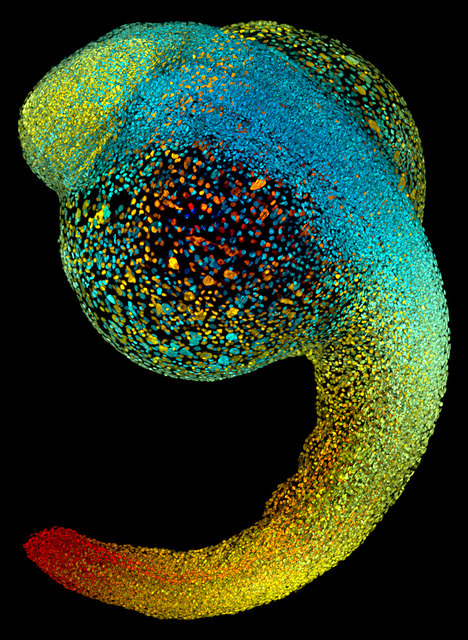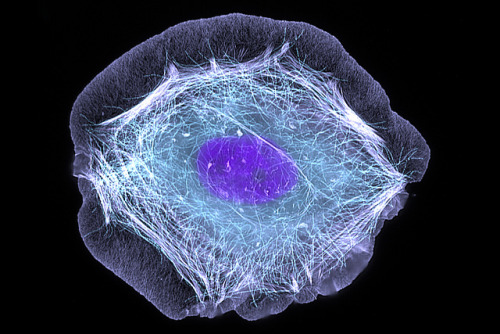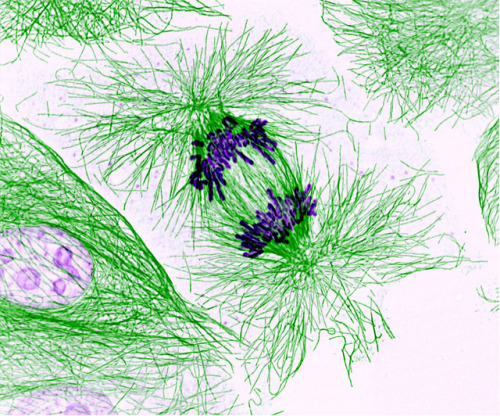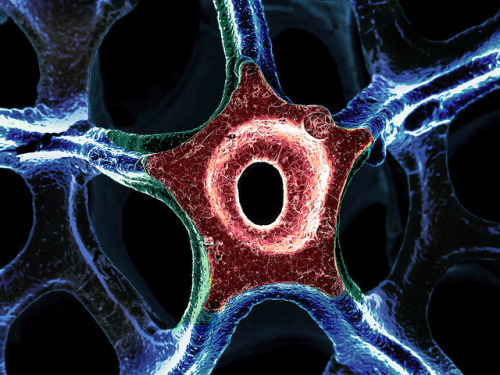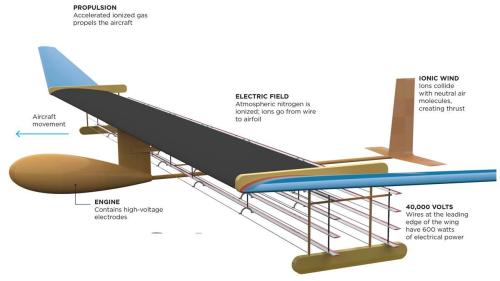#electron
Electrons (e−)
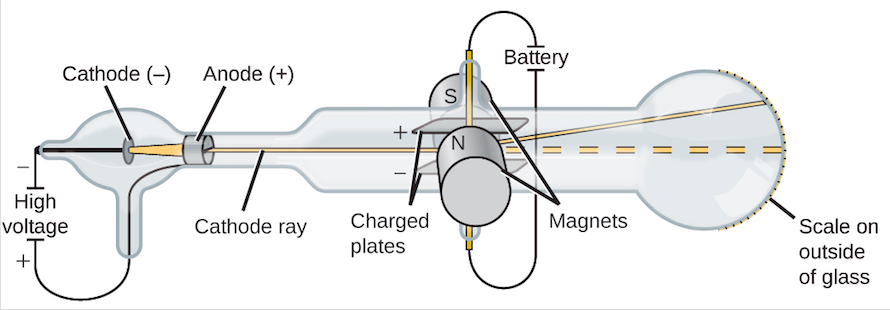
Mass: 0.51099895 MeV/c^2
Charge: -1 e ( 1.60217662 × 10-19 C)
Spin: ½
Color:None
Antiparticle:positron
The electron is a first generation fermionand a lepton. Fermions are particles with have half-integer spinthat follow Fermi-Dirac statistics and obey the Pauli exclusion principle. The Pauli exclusion principle states that two identical fermions can’t occupy the same quantum state (i.e. have the same quantum numbers within a quantum system). Leptons are a subcategory within fermions that can exist independently (without binding together) and do not interact through the strong force unlike quarks. Lastly the generations of the fermions loosely refers to the higher masses for particles in higher generations.
The existence of electrons was first discovered by J.J. Thompson in 1897 when he experimented with cathode ray tubes like the one depicted above. By applying electric and magnetic fields across the cathode ray Thompson was able to determine the mass-to-charge ratio of the particles in the cathode ray. With this he found that the particles were much smaller than any atom and by testing different sources, these negatively charged particles exist in every element.
Electrons are one of the primary charge carriers in atoms alongside protons but are the primary contributors to electric current. Electrons also have an intrinsic property known as spin which contributes to paramagnetismin certain materials.
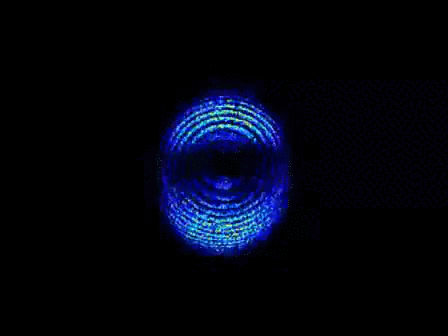
Above is a video of an electron riding a light wave. The video was taken using a stroboscope which captures. More on it here (article)andhere (video).
Research involving electrons covers almost every corner of modern physics from high energy particle physics to condensed matter physics and even quantum computing. I have linked articles on recent research with a focus on electrons below for further reading.
Geometry of an electron determined for the first time
Machine learning unlocks mysteries of quantum physics
Sources:(1) & Image 1 -(2) -Image 2-(3)
Magnesium oxide single crystals growing on Mg. Courtesy of Anasori Babak, Materials Science and Engineering Dpt, Drexel University, Philadel
Post link
Just 22 hours after fertilization, this zebrafish embryo is already taking shape. By 36 hours, all of the major organs will have started to form. The zebrafish’s rapid growth and see-through embryo make it ideal for scientists studying how organs develop. Image courtesy of Philipp Keller, Bill Lemon, Yinan Wan and Kristin Branson, Janelia Farm Research Campus, Howard Hughes Medical Institute, Ashburn, Va. Part of the exhibit Life:Magnified by ASCB and NIGMS.
Post link
The incredible complexity of a mammalian eye (in this case from a mouse) is captured here. Each color represents a different type of cell. In total, there are nearly 70 different cell types, including the retina’s many rings and the peach-colored muscle cells clustered on the left. Image
Post link
This normal human skin cell was treated with a growth factor that triggered the formation of specialized protein structures that enable the cell to move. We depend on cell movement for such basic functions as wound healing and launching an immune response. Image courtesy of Torsten Wittmann, University of California, San Francisco. Part of the exhibit Life:Magnified by ASCB and NIGMS.
Post link
The parasitic worm that causes schistosomiasis hatches in water and grows up in a freshwater snail, as shown here. Once mature, the worm swims back into the water, where it can infect people through skin contact. Initially, an infected person might have a rash, itchy skin or flu-like symptoms, but the real damage is done over time to internal organs. Image courtesy of o Wang and Phillip A. Newmark, University of Illinois at Urbana-Champaign.
Post link
This pig cell is in the process of dividing. The chromosomes (purple) have already replicated and the duplicates are being pulled apart by fibers of the cell skeleton known as microtubules (green). Studies of cell division yield knowledge that is critical to advancing understanding of many human diseases, including cancer and birth defects. Image courtesy of Nasser Rusan, National Heart, Lung, and Blood Institute, National Institutes of Health.
Post link
Yeast make bread, beer and wine. And like us, yeast can reproduce sexually. A mother and father cell fuse and create one large cell that contains four offspring. When environmental conditions are favorable, the offspring are released, as shown here.
Post link
Asteroidea Electrica |ZEISS Microscopy
This is a false colored low magnification electron micrograph of free standing graphene foam. Graphene foam is made by growing a few layers of graphene on the surface of a porous metal foam skeleton using chemical vapour deposition technique. The metal foam skeleton is then removed by carefully dissolving it in an etching solution. Because of its unique properties, e.g. electrically conductive, highly porous, and lightweight, graphene foam has the potential to be used in numerous advanced applications including chemical sensing, energy storage, and ultra-lightweight structures. Submitted by Adrianus Indrat Aria.
Post link
“Ionic” Wind Aircraft
Lead researcher: professor Steven Barrett
Team:professor David Perreault research group, Thomas Sebastian, and Mark Woolston.
The basic idea is simply that when you have a powerful source of negatively charged electrons, they pass that charge on to the air around them, “ionizing” it, at which point it flows away from that source and toward — if you set it up right — a “collector” surface nearby.
Essentially what you’re doing is making negatively charged air flow in a direction you choose. This phenomenon was recognized in the ’20s, and in the ’60s they even attempted some thrust tests using it. But they were only able to get about 1 percent of the input electricity to work as thrust. That’s inefficient, to say the least.
To tell the truth, Barrett et al.’s system doesn’t do a lot better, only getting 2.6 percent of the input energy back as thrust, but they have the benefit of computer-aided design and super-lightweight materials.
The team determined that at a certain weight and wingspan, and with the thrust that can be generated at that scale, flight should theoretically be possible. They’ve spent years pursuing it.
After many, many revisions (and as many crashes) they arrived at this 5-meter-wide, 2.5-kilogram, multi-decker craft, and after a few false starts it flew… for about 10 seconds. They were limited by the length of the room they tested in, and figure it could go farther, but the very fact that it was able to sustain flight significantly beyond the bounds of gliding is proof enough of the concept.
No one, least of all the crew, thinks this is going to replace propellers or jet engines any time soon. But there are lots of applications for a silent and mechanically simple form of propulsion — drones, for instance, could use it for small adjustments or to create soft landings.
There’s lots of work to do. But the goal was to invent a solid-state flying machine, and that’s what they did. The rest is just engineering.
Text courtesy of Devin Coldewey @techcrunch
Post link
Speed of light looking kinda slow these days… like girl just hurry up
Refrigerated Electron Beam Ion Trap (REBIT)
Anion trap is an experimental physics device that captures ions for use in condensed matter experiments. A common design, pictured above, uses extremely strong magnetic fields (on the order of teslas) to accelerate a central electron beam. When a gas is released into the chamber, particles near the beam have their outer electrons ripped off by the magnetic field. The stronger the magnetic field, the more you can ionize your particles.
RefrigeratedEBITs can allow the magnetic field to become absurdly strong due to superconducting effects in the magnetic coils. These devices are capable of producing highly charged ions (HCIs). A REBIT can take xenon gas, for example, and give back Xe34+. That’s xenon – a noble gas that loves its electrons – with 34 of its 54 usual electrons ripped off! Particles like this are extremely energetic, and surface physics experiments often investigate the interaction of these particles with metallic surfaces. These very angry HCIs can create microscopic craters in a previously clean surface.
Besides surface physics, HCIs are found in several astrophysical systems. This makes REBIT facilities one of the rare places where scientists can perform experimental astrophysics, by generating and experimenting with high charged plasmas in the lab. Highly charged ions can be found in powerful cosmic phenomena like stellar coronae and accretion disks in quasars.
Post link


